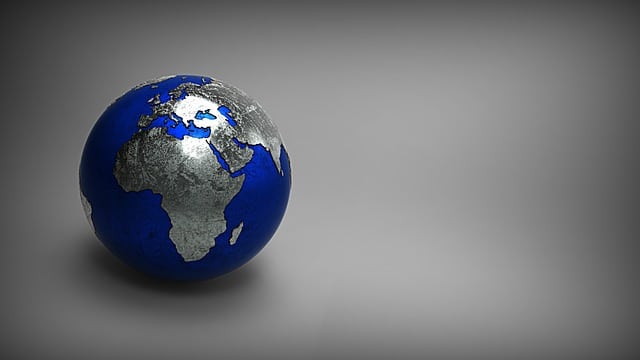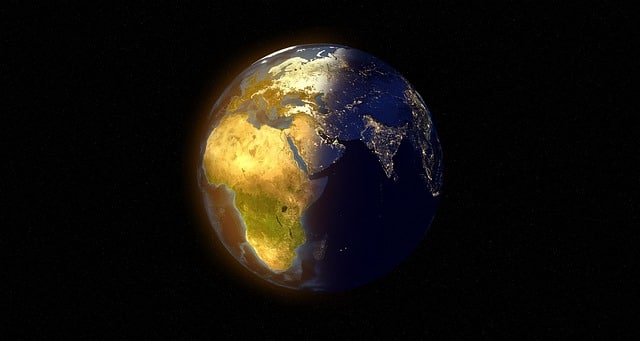
The geosphere is the solid part of the Earth.
In order to know the meaning of the term geosphere , we are first going to know what its etymological origin is. Thus, we can establish that it is a word that derives from Greek, specifically it is the result of the sum of the following lexical components of said language:
-The noun geos , which can be translated as “earth”.
-The word sphaira , which is synonymous with “sphere”.
Features of the geosphere
The solid sector of our planet that is made up of concentric layers is called the geosphere . It is the internal structure that goes from the Earth's core to the lithosphere.
The Royal Spanish Academy ( RAE ) accepts both the term geosphere (accented in the second E ) and geosphere (with an accent in the O ). Therefore it can be a serious or esdrújula word, depending on the form chosen.
The geosphere forms the seabed , thus having submerged parts. It also emerges in the development of islands and continents .

The geosphere is made up of concentric layers.
The layers of the Earth
If we take into account the composition of the Earth's layers, we can establish that it has three: crust, mantle and core. However, if what we take into consideration is the set of physical properties of the Earth's layers, we can indicate that it is composed of lithosphere, asthenosphere, mesosphere, endosphere and inner core.
In the broadest sense, three concentric layers are recognized: the core , the mantle and the crust .
The innermost layer is the core , which is at a very high temperature. The core can be divided into the inner core and the outer core, which are made up of metals such as iron. The middle layer is called the mantle, where the magma is found. Finally, the outermost layer is the cortex. The upper zone of the mantle and crust, on the other hand, form the lithosphere (or lithosphere).
Regarding the lithosphere, we can also emphasize that it is made up of low-density rocks and is divided into two clearly differentiated parts:
-The lower layer, which also responds to the name SIMA because it is formed by rocks such as silica and magnesium. Specifically, these rocks do not exceed a density of 3.4. It is responsible for shaping both the bottom of the oceans and the base of the continents.
-The upper layer is called SIAL , since it is made up of rocks such as silica and aluminum. These have a density of around 2.5. It must also be emphasized that this layer is the one responsible for shaping the continents.
The crust of the geosphere
The minerals that make up rocks are the component of the crust, the surface layer of the geosphere. These minerals determine the properties of rocks, such as their hardness, brightness or color.
Depending on their origin, rocks can be metamorphic (arising from the compression or heating of other rocks), igneous (created by the solidification of magma) or sedimentary (which appear from the union of parts of rocks or remains of living beings).
